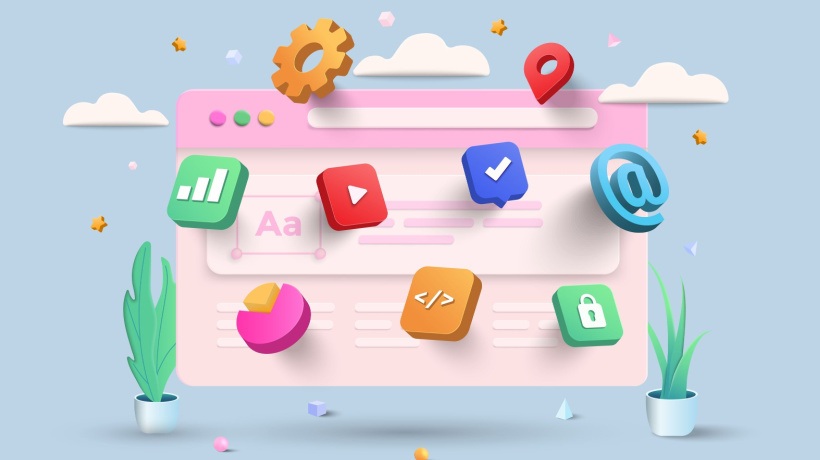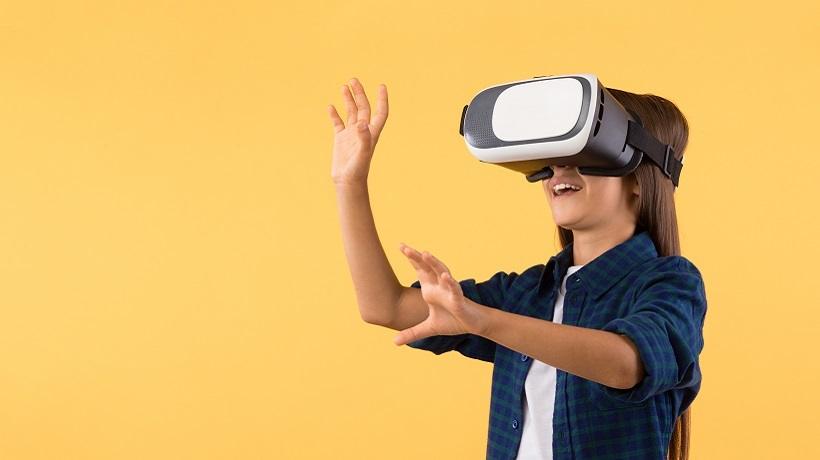Engaging Learning Experience: How To Build One Effectively
The contemporary learning ecosystem has evolved on account of technology, learner needs, workforce trends, and demographics.
One-size-fits-all courses and learning packs are increasingly becoming outdated. Good courses are often premised on an understanding that learning is not an event, but a holistic learning experience. A 360-degree learning experience necessitates careful analysis of learner needs in the current workplace coupled with a User Experience [1] which is fit for purpose.
So How Do Institutions And Organizations Build A Richer And Engaging Learning Experience?
1. Rethink The Audience
Rethink your learner and learning needs without losing sight of the evolving demands of the workforce, tools and the learning experience. All this requires a deeper understanding of the learner and the learning process. Begin with empathy. Walk in the shoes of the learner. Construct learner personas. Do your research on learner interests, work-life responsibilities, ways of thinking, learning objectives, pace, and so on through 1-to-1/focus group sessions, at all times getting acquainted with their context.
2. Personalize Content With Extremes In Mind
Once you know your learner through a significant sampled evaluation, sort them into broad categories. For instance, 'those who struggle to understand', 'those who are gifted thus struggle to stay engaged' and 'those in the middle'. Then mold your content and teaching delivery to cater to both extremes.
3. 'Up To The Minute' Content
The subject matter, needless to say, must be state of art. However, don't forget the visuals and visual design. Dull or insipid visuals can dampen the learning experience. If keeping the content up to the minute is too much of an ask, use this as an opportunity to get learners to co-create such knowledge in your course.
4. Learning On The Go
People are interacting with technology through multiple avenues at the same time. Understanding this online engagement can inform learning design and learning experience impactfully. For instance, socializing, v(b)logging within a learning experience can help learners get comfortable in what they do naturally. Thus, investing in platforms which facilitate smooth learning on the go is likely to create a good learning experience.
5. Don’t Forget The Learning Culture...
Learning culture impacts the learning experience and the journey. A positive learning experience embodies creativity, inclusivity, resilience, respect, and friendly working space for all.
6. Consider Interactions
How are interactions between the learner and the content/instructor/peers taking place?
- Learner-content interaction
Is your course enabling a linear interaction, i.e. 'clicking next' or scrolling through texts/videos/slides? Rethink, how could this be made engaging! You could include simulations, problem-solving multiple pathways that enable learning from failure culture. Check out this learning game based on the concept of Productive Failure [2]. - Learner-instructor interaction
Monitor time the instructor/avatar or the video plays for. Too much of a monologue or scrolling through information can be boring, thereby leading to a poor learning experience and pedagogical outcome. Time the length of this monologue, and look at how this can be created into a problem/game-based learning experience. There are examples [3], where the instructor's monologue was repackaged into a game and the learner is required to tease out crucial information from the experts, rather than listen to a talking head. - Learner-to-learner interaction
In this collaborative world, where social learning and disparate means of interaction are ubiquitous, are you leveraging on the collaborative aspect of learning? Even self-paced courses can be designed where learners reflect and build on each other’s responses thereby learn from each other.
7. Going Beyond The Course...
Think about how your course may enable communities of learners and experts to come together. The course should not be the end but a gateway to a rich network of alumni, experts, employers and mentors in the learning experience.
8. Did You Market The Experience Or Just The Course?
While marketing the course is important, but marketing the learning experience is more so. Market the learners' experience, hype your course through media awareness adverts, podcasts with business leaders and other creative means. The learner should find this course something they cannot do without. Get into the learner's space, digital space for targeted marketing.
Want to discuss more? Let's get in touch.
References:
[1] The Modern Learner and Learning Experience Design (https://trainingindustry.com/articles/content-development/the-modern-learner-and-learning-experience-design/)
[2] Pallas Advanced Learning Systems – A research-informed virtual learning kit (http://journals.sfu.ca/jalt/index.php/jalt/article/view/87)
[3] ecoMUVE: Overview (https://ecolearn.gse.harvard.edu/ecoMUVE/overview.php)









